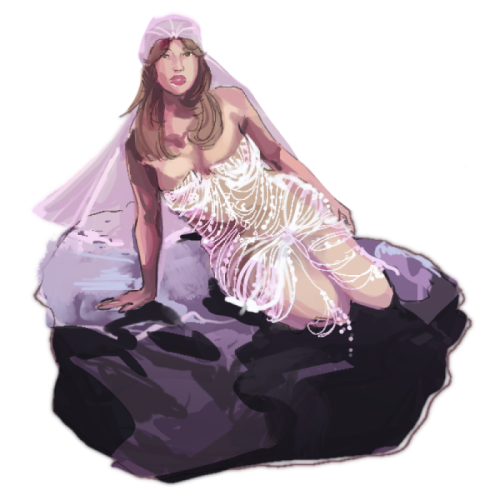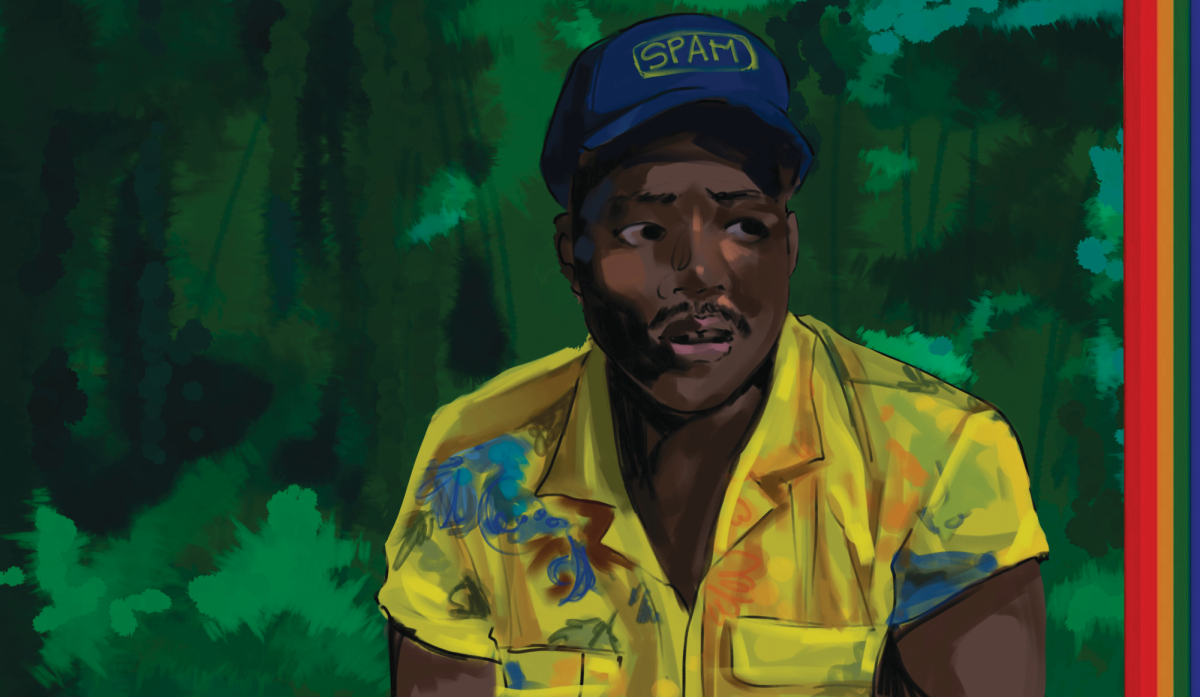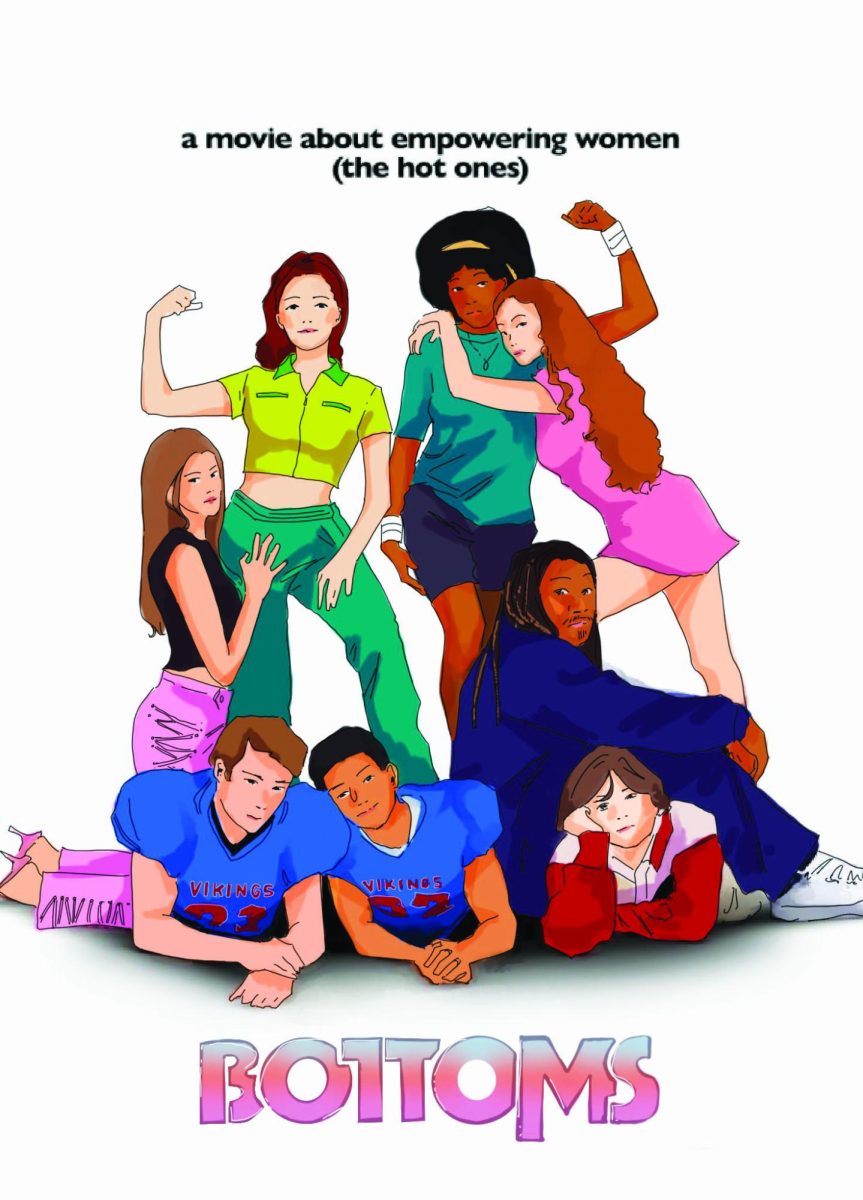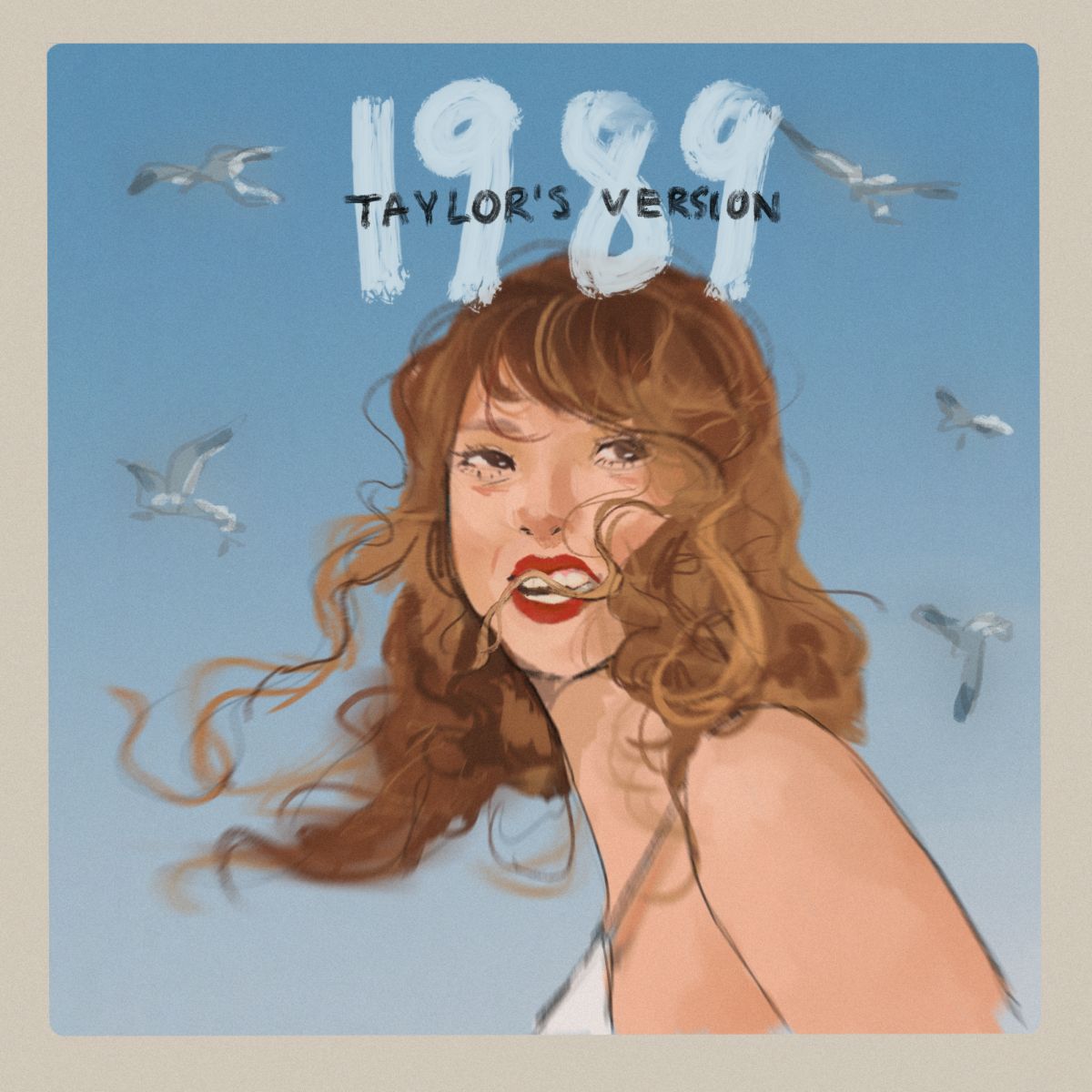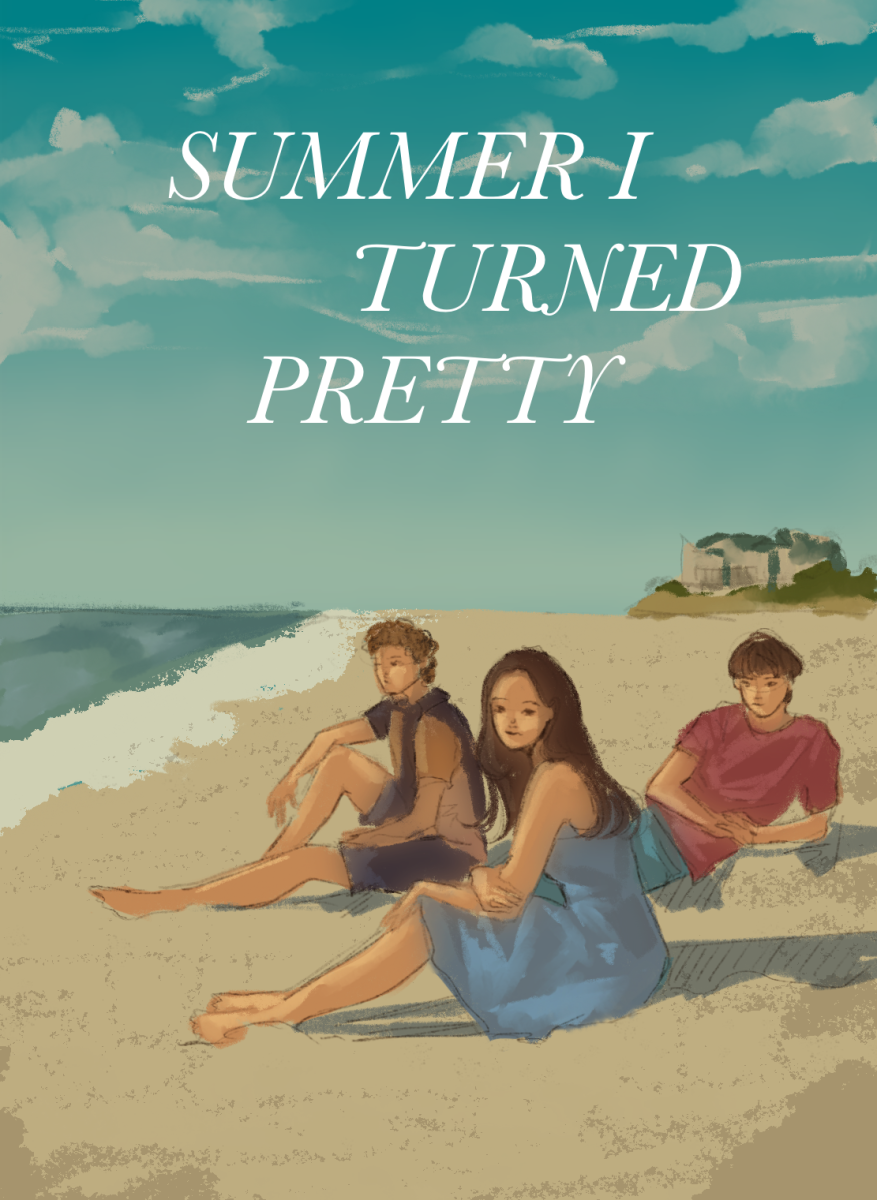Khadim Dai, a Hazara refugee, visited visual arts classes to talk about his life as a refugee and his career as a filmographer documenting his own struggle and that of others.
Dai was born in Afghanistan, but his family fled to Pakistan where he grew up. His family left because the Hazara people, the third largest ethinc group in Afghanistan, are persecuted against due to their religion and ethnic differences . The refugees were not allowed to go to Pakistani schools, so they went to their own school. Their school was a target for attacks, and it was blown up, killing many people Dai knew.
He then sought to move to Australia, where his older siblings had emigrated. He went through a smuggling service. The smugglers were not successful, and after Dai attempted to reunite with his family several times and served some jail time, he was denied entry to Australia and ended up living in a refugee community in Indonesia.
Dai was first inspired to create documentary films by watching the other members of his community.
“I just followed my roommates throughout the community, [filming] what they were doing and their daily activities,” Dai said.
He taught himself how to create films through Youtube videos and he began his work filming on a used Galaxy S3 he purchased on the black market with the help of one of his friends.
Creating his short film was a life-changing experience, according to Dai.
“[The film is] why I’m here in the US,” Dai said.
Dai submitted his film to a small film festival after his friend suggested he do so, and ended up winning some recognition for his work. He was then contacted by media companies from both the US and Australia.
He then had the opportunity to work with other filmographers and media companies on projects and was given better quality equipment to continue filming with.
Other artists and filmographers helped Dai raise money to start a school for refugee children in Indonesia. In addition, Dai started online courses for adults in the community who weren’t able to study at the learning centers.
“It was very important to have a school, not for myself, but for the kids who want to go to school,” Dai said.
Dai showed three of his short films to the visual arts classes, in addition to some photographs taken by himself and others.
Dai has won an extraordinary amount of awards and has been tremendously successful in raising awareness for refugees, Visual Arts Department Head Cheri Gaulke said.
“It puts our lives in perspective, what he’s done for others is really remarkable, raising awareness about this issue,” Gaulke said.
Gaulke wanted students to become more informed on the refugee crisis as well as appreciate the quality of his work.
“I feel like the media creates these scary images about the refugee crisis and we tend to associate refugees perhaps with being dangerous, scary people that are a threat to our country as one of the grossest stereotypes,” Gaulke said. “But you see just another human being like yourself who has hopes and dreams.”
Dai’s visit offered students a dose of reality about the refugee crisis and served as an example of the art that can result from hardship.
“Sometimes we can get tunnel vision and we live in our own little bubbles,” visual arts teacher Kevin O’Malley said. “I thought it was a great opportunity for [the students] to see somebody who can’t leave this country right now because he, by law, won’t be able to come back as [recent] politics have shown. It was a nice dose of reality, which we sometimes need.”
Students appreciated the new perspective on global issues as well as seeing the technical quality of Dai’s films, Photography II student Jadene Meyer ’18 said
“I thought it was really important to get a new look at global issues,” Meyer said. “His work was also incredible and so interesting to watch.”



























